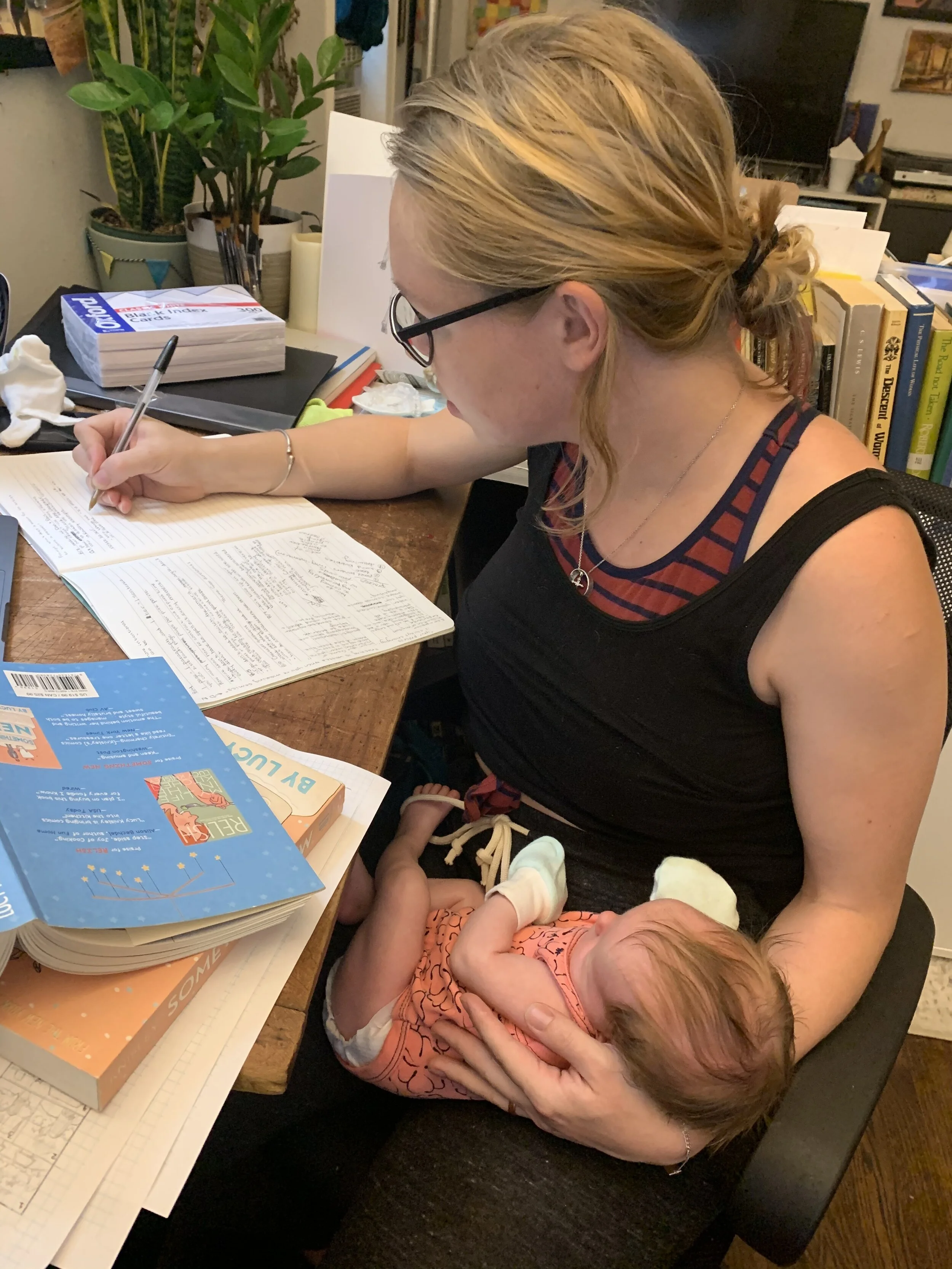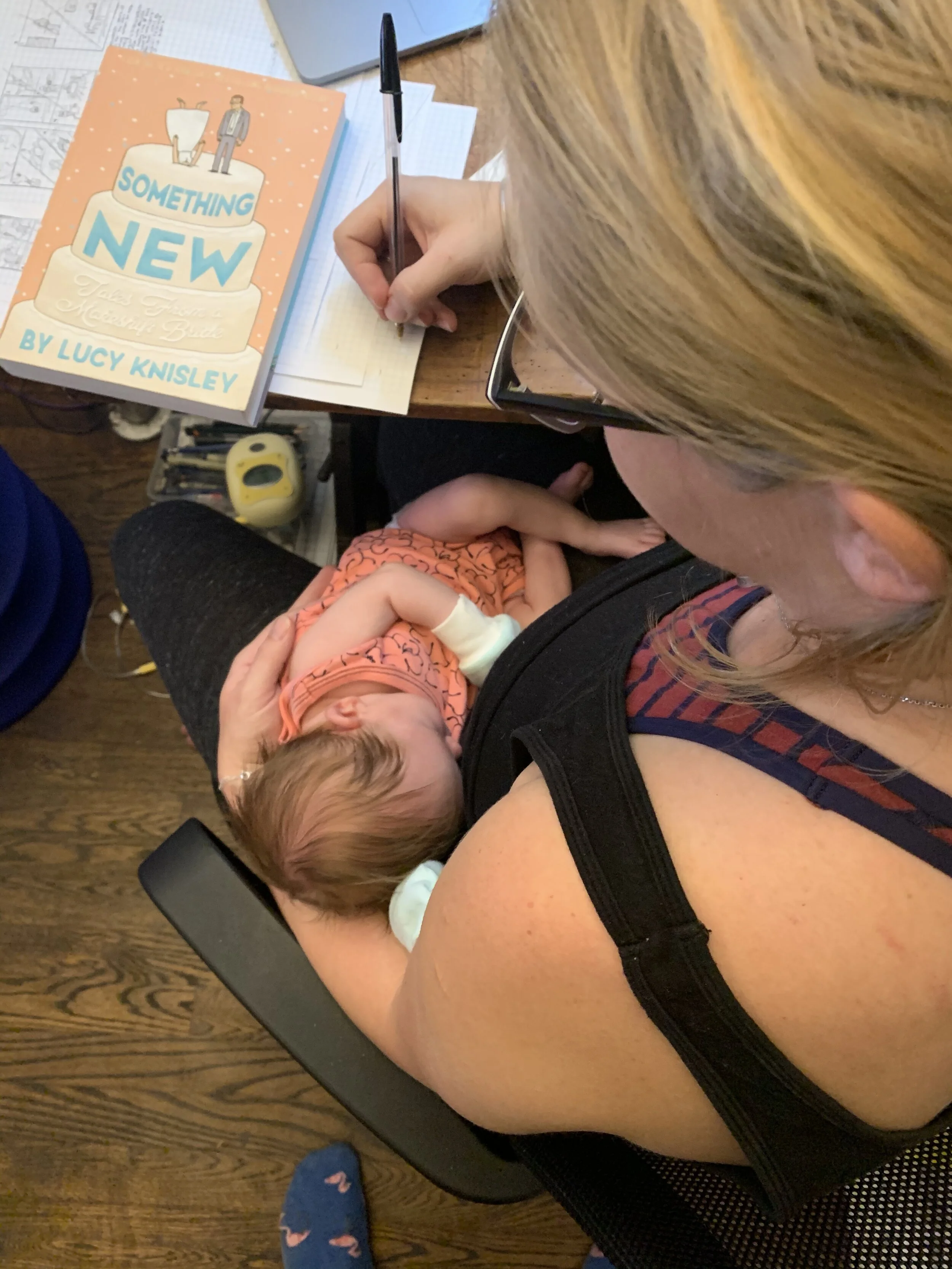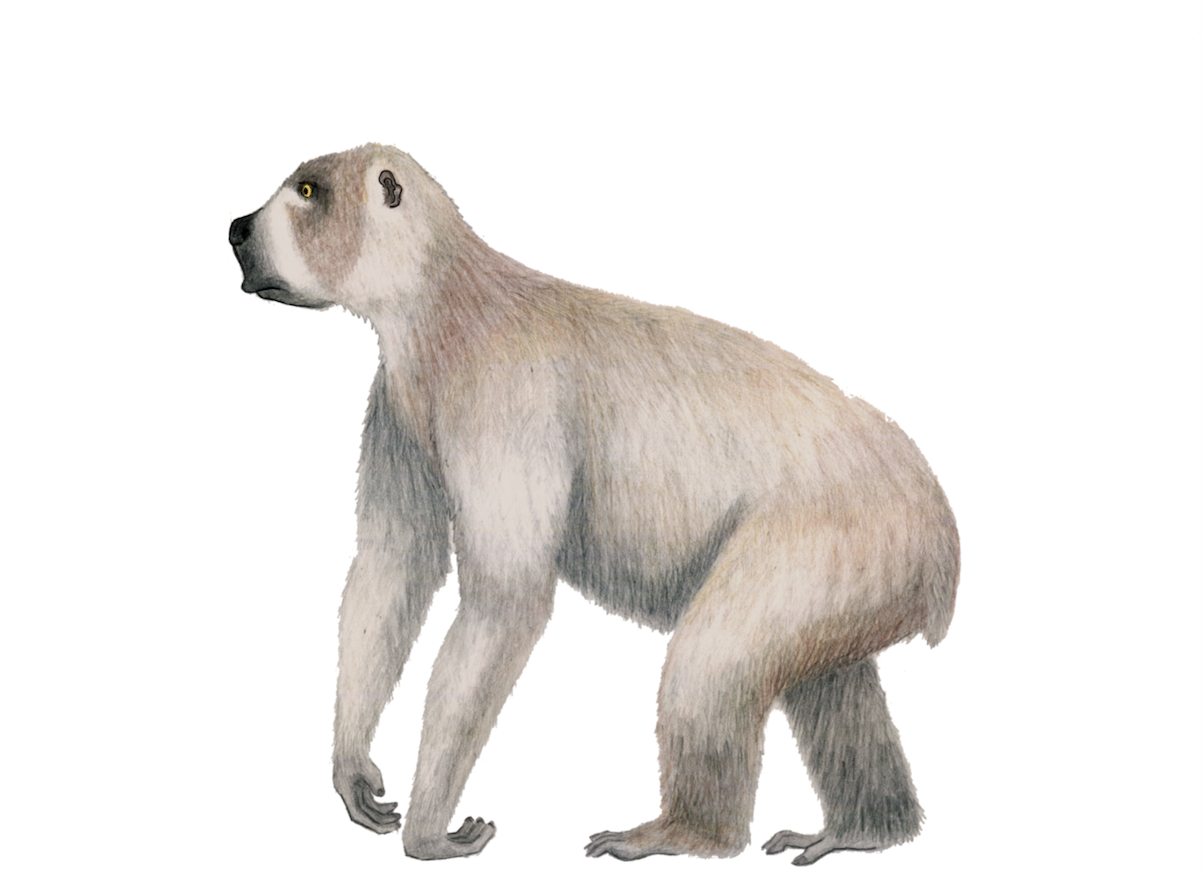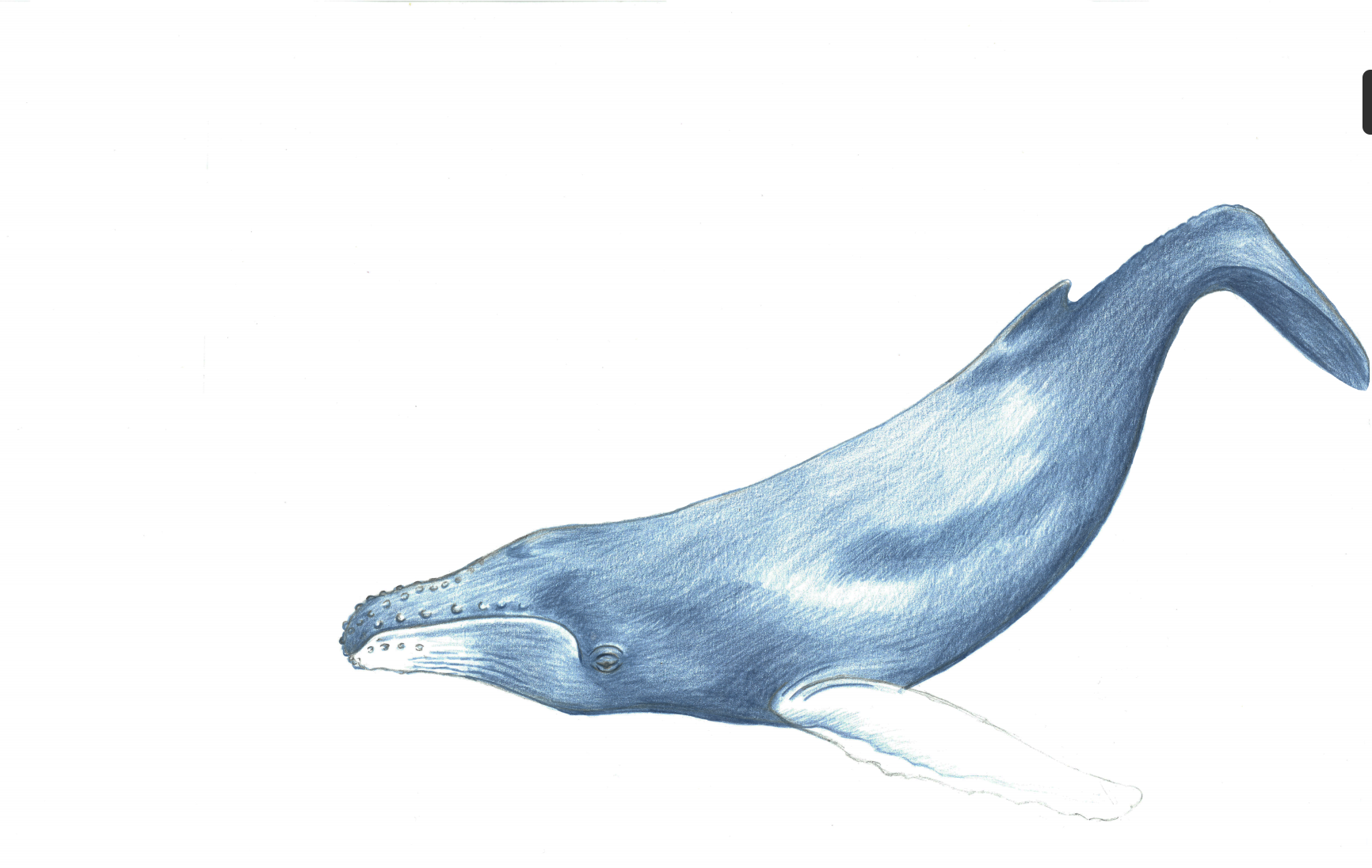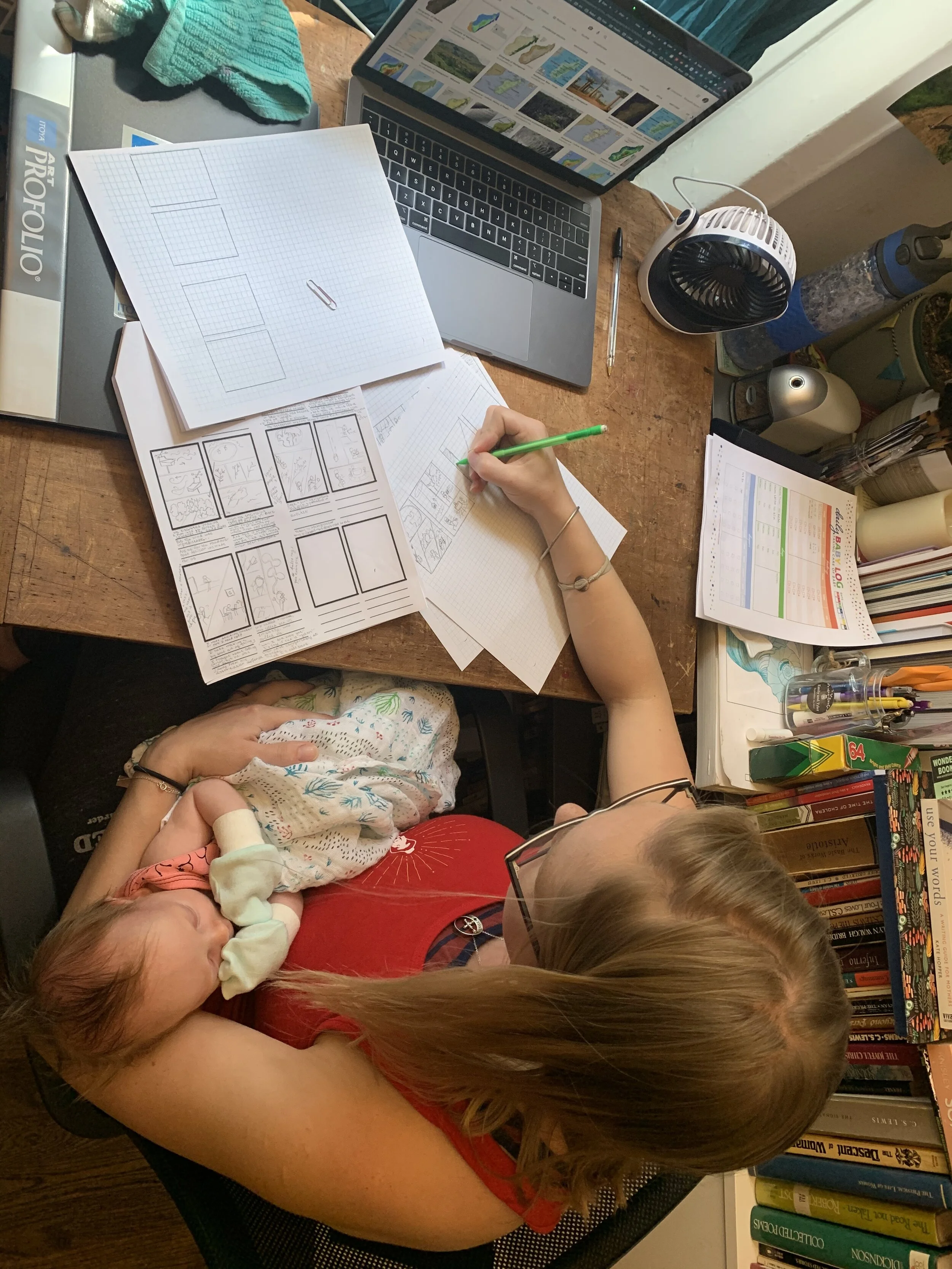How to find an artist, for scientists
By Kate Thompson, Safina Center Launchpad Fellow
I’ve written for this blog before on why scientists should collaborate with artists to communicate their work more broadly. Whether it’s for infographic design, figures for a publication, or something less traditional—say, scientific comics—the options are endless. As are the benefits. Art allows research to cross linguistic, cultural, and educational barriers. What I haven’t written about, I realized recently, is how scientists should collaborate with artists.
So—you want to work with an illustrator to create scientific art (#sciart as it’s called on Instagram)? Where do you find one? Seek out professional organizations. The Guild of Natural Science Illustrators is a great place to start, as are broader artists databases such as Lifeology, and collectives like GraphicMedicine. When in doubt, Google. You can search for particular styles you like, and cold-email artists-of-interest directly. Often, if an illustration isn’t available to take on the work, they may know someone who is.
Photo courtesy: Kate Thompson
Research-art collaborations are a conversation. Up front you should convey your vision, using as many descriptive words or reference pictures as possible. And you should also talk payment. Describe what your budget for graphic design is and agree on a fair price together. I can’t tell you a “going rate,” because there isn’t a universal norm. But whatever you eventually decide on should fairly compensate your illustrator for their time, expertise and supplies. This is especially important where there may be a power-dynamic, be it one of age or academic hierarchy. Please don’t ask artists to work for free. It is real work and should never cost less than your state’s minimum wage for the hours ot took to produce a piece.
Photo courtesy: Kate Thompson
Be clear about expectations and timelines. There’s nothing more stressful for an artist to know you’re actually submitting this paper three weeks early and need all the graphics done by the end of the workday. Set a realistic pace that both you and your new illustrator friend feel good about.
Feedback is vital. Work back and forth with your artist colleague, providing comments on drafts and input into designs. The earlier you front-load your feedback the better. Descriptive, precise comments on artwork help an artist better capture what you see in your mind’s eye. However, even the most experienced illustrator isn’t a mind-reader. Be polite but not shy—conversation is valuable for both of you to create the piece of work you’ve envisioned. Please be aware that each draft is work, takes time, and should be compensated accordingly.
When you’re happy with your final product, whether it’s a flow chart of an ecosystem, an anatomical drawing of a cow heart, or a family tree of amphibians, give credit. Your artist should be thanked, and not just in an email. Cite them in your publications and presentations. Not only is this “proper form,” but it helps other scientists find out about that artist’s work and style. In doing so, you are supporting a science-to-art cycle that enriches both communities.
Realistic traditional rendering of a subfossil lemur. Artwork by: Kate Thompson
Realistic traditional rendering of a humpback whale. Artwork by: Kate Thompson
More modern comic style depicting members of indigenous communities. Artwork by: Kate Thompson
If you haven’t thought about using visual arts to share your work, now’s the time. More than ever, it is vital that the public is presented with accurate and accessible information on climate change, conservation, and environmental sciences. It can start with you doodling your ideas in your field notebook, but it shouldn’t end there. Sharing your work and vision broadly opens new worlds for both you and the wider public. So, what are you waiting for? Let’s put the pen—or paintbrush—to paper.
Photo courtesy: Kate Thompson

